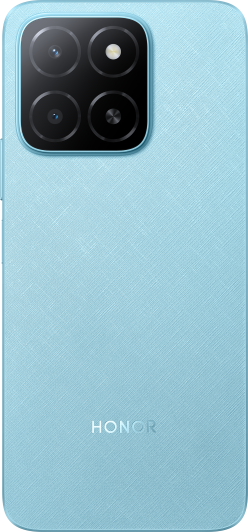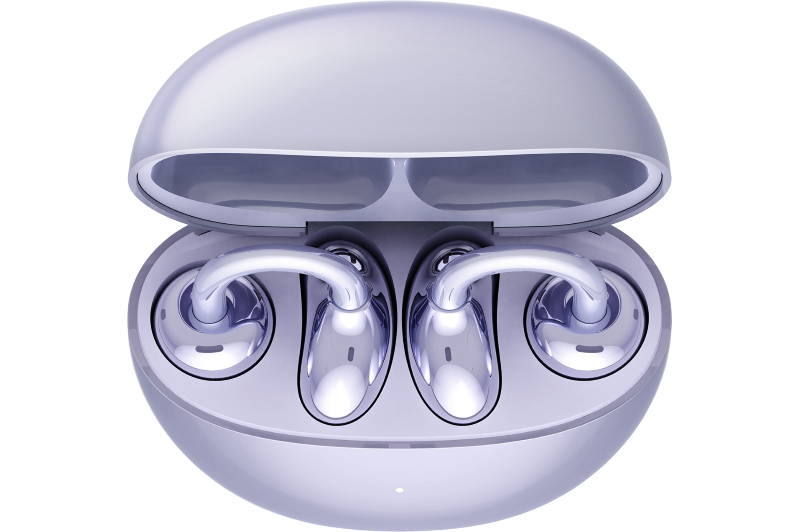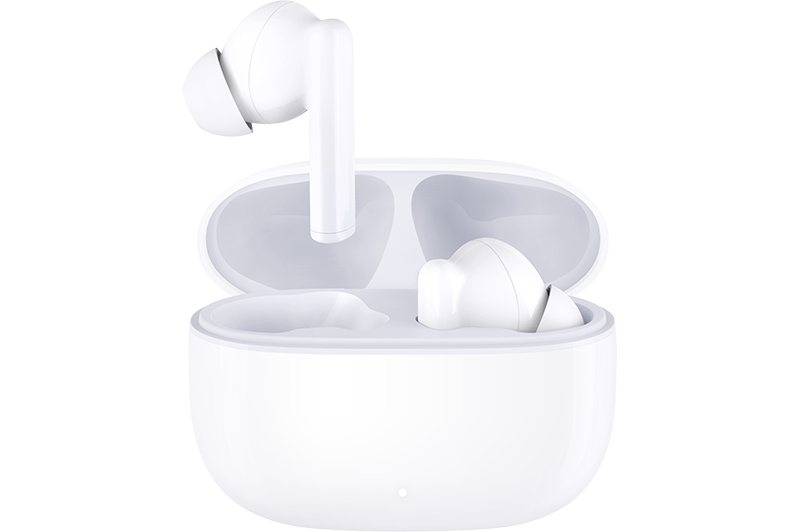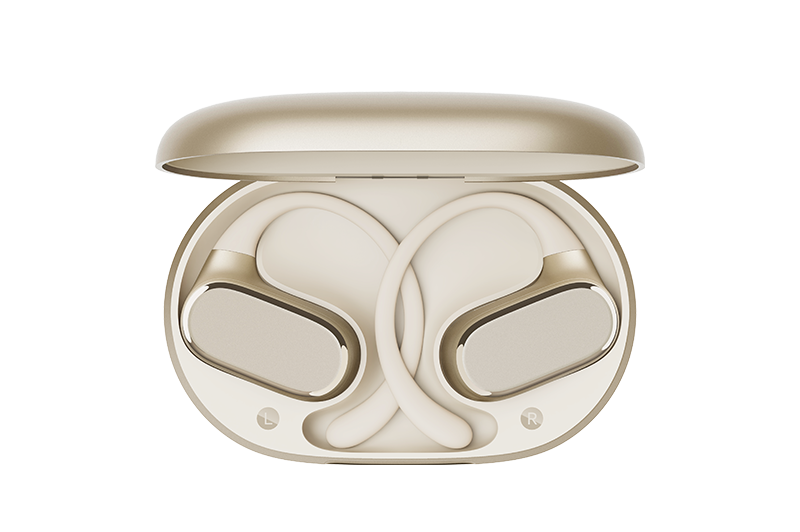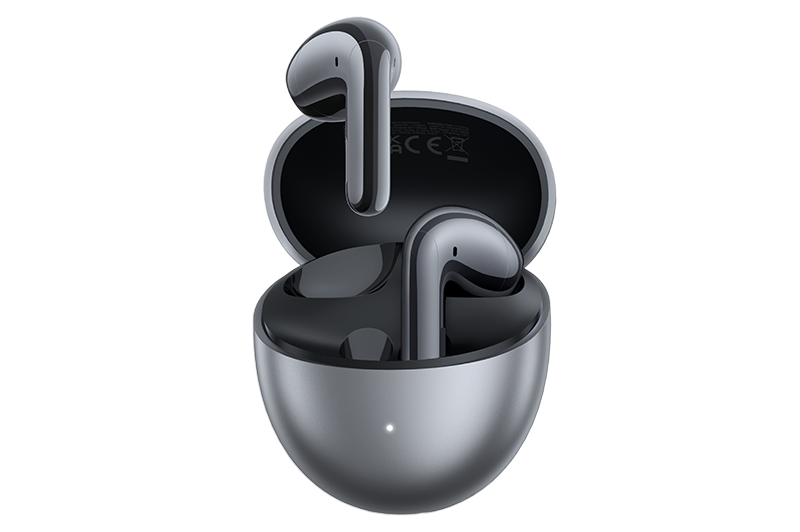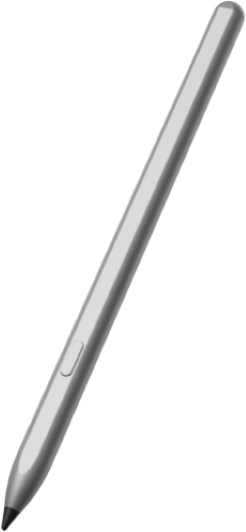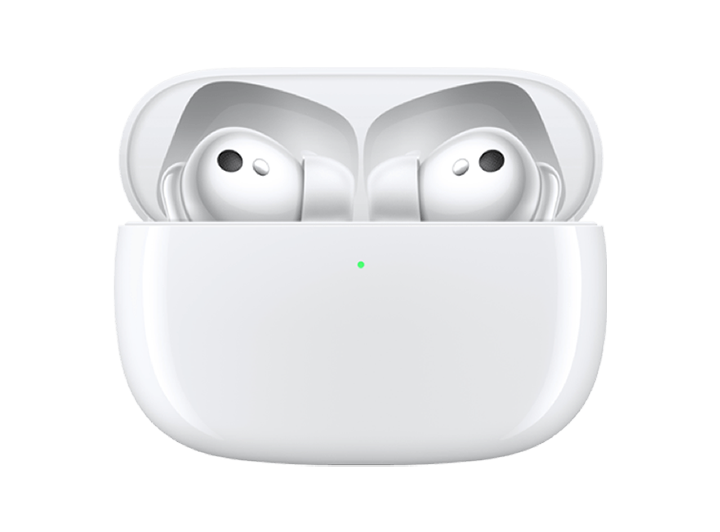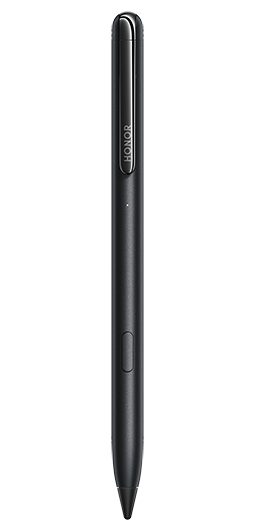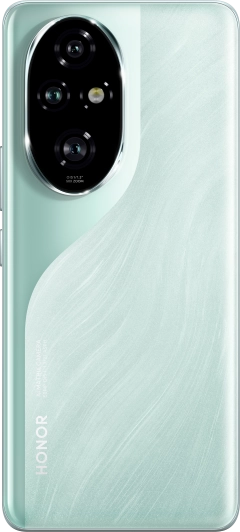TOP

我的荣耀 开启荣耀之旅
To log in to your account, you must first agree to the HONOR PLATFORM TERMS OF USE and HONOR Platform Privacy Statement . If you do not agree, you may only browse the site as a guest.
*You can unsubscribe at any time, Please see our Privacy Statement for details.

Key Variances: What is The Difference Between Smartphone and Tablet
In the dynamic realm of technology, selecting between a smartphone and a tablet revolves around individual preferences and unique requirements. The decision is influenced by factors such as portability, screen size, productivity, communication, gaming, budget, and ecosystem preference, reflecting the diverse needs of users in this rapidly changing landscape.
This comprehensive guide aims to unravel the traits as to what is the difference between smartphone and tablet, aiding you in making an informed decision based on your unique requirements.
Smartphone Vs Tablet: What's the Difference
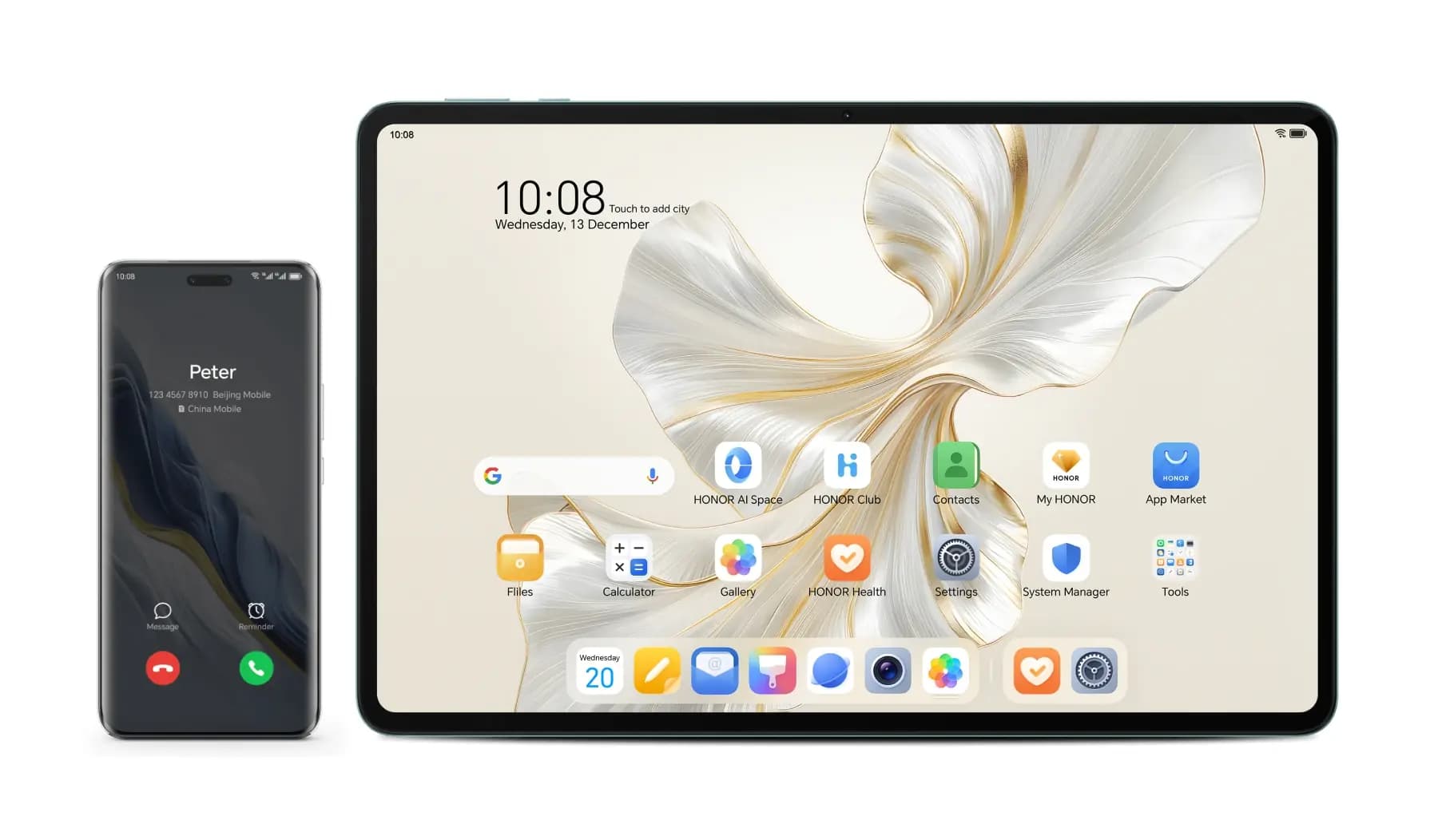
In this guide, we will examine some characteristics to distinguish what is the difference between smartphone and tablet in terms of the following:
Screen Size
• Smartphones: Typically, smartphones boast screens ranging from 4 to 6.5 inches, designed for one-handed operation and pocket-friendly convenience. These screens, though smaller, offer sharp, vivid displays perfect for on-the-go media consumption and communication.
• Tablets: On the other hand, tablets feature larger screens, usually between 7 to 13 inches. This expansive display area provides a more immersive experience, ideal for reading, gaming, or watching videos. Tablets bridge the gap between smartphones and laptops, offering a bigger canvas for creativity and productivity.
Processing Power
• Smartphones: Compact powerhouses, modern smartphones are equipped with processors strong enough to handle multitasking and demanding apps with ease. Despite their size, they can rival the performance of some laptops, especially in flagship models.
• Tablets: Tablets, while also powerful, often prioritize battery life over raw processing speed. They're more than capable of handling everyday tasks but might lag behind top-tier smartphones when it comes to high-intensity processing tasks.
Connectivity
• Smartphones: Always connected, smartphones are the epitome of mobile communication, offering cellular connectivity almost anywhere. They support a wide range of wireless technologies including 4G, 5G, WiFi, Bluetooth, and NFC.
• Tablets: Tablets vary; some only support WiFi, while others include cellular options. They're great for streaming and browsing but don't always match the ubiquitous connectivity of smartphones.
Portability
• Smartphones: Their compact size makes smartphones the ultimate portable device. Easily fitting in pockets and small bags, they're designed for an active, on-the-move lifestyle.
• Tablets: Tablets, being larger, are less portable but still more convenient than laptops. They strike a balance between screen size and mobility, suitable for travel or lounging at home.
Sensors
• Smartphones: Smartphones come loaded with a plethora of sensors - gyroscopes, accelerometers, proximity sensors, and more. These enable a range of functions, from step tracking to augmented reality.
• Tablets: Tablets have similar sensors, but their larger size can limit their use in certain applications, like augmented reality games or fitness tracking.
Camera Quality

• Smartphones: Smartphone cameras have become incredibly advanced, offering high-resolution images and a range of features like night mode, telephoto, and wide-angle lenses. Smartphones like the HONOR Magic5 Pro showcase advanced camera technology with a trio of 50MP lenses, including a wide main camera, an ultra-wide camera, and a periscope telephoto camera with up to 100x digital zoom. Equipped with OIS, a laser focusing system, and a multi-spectrum color temperature sensor, this smartphone delivers exceptional image quality and versatility, capturing vibrant, detailed photos in various lighting conditions, even in low light.
• Tablets: Tablets, while improving, generally prioritize other features over camera quality. Their cameras are suitable for video calls and casual photography, but they don't usually match the photographic prowess of smartphones.
Input Method
• Smartphones: The primary input method for smartphones is touch, complemented by voice commands and virtual assistants. Some models also support stylus input for more precise tasks.
• Tablets: Tablets also rely heavily on touchscreens, but their larger size makes them more conducive to stylus use. They can effectively mimic paper for drawing or note-taking, and some models come with keyboard attachments for typing.
Application Compatibility
• Smartphones: The smartphone ecosystem is rich with apps designed specifically for their hardware. Most apps are optimized for smaller screens and cellular connectivity.
• Tablets: Tablets share many of the same apps as smartphones, but they also have apps that are optimized for their larger screens, making them better suited for productivity and multimedia applications.
Battery Life
• Smartphones: Despite their smaller size, smartphones are designed to last a full day on a single charge under normal usage, thanks to optimized software and power-efficient components.
• Tablets: With larger bodies, tablets can house bigger batteries, which, combined with less power-intensive processors, often results in longer battery life compared to smartphones. This makes them ideal for extended use without frequent charging.
Cost
• Smartphones: Prices vary widely. Entry-level models are budget-friendly, mid-range phones offer a balance of cost and performance, and flagship models come with a high price tag, reflecting their advanced features.
• Tablets: Generally, tablets start at lower prices than smartphones. Basic models are quite affordable, mid-range tablets cater to more demanding users, and high-end tablets, comparable to laptops in functionality, can be expensive but usually less so than top-tier smartphones.
Which One Is Suitable for You?
Choosing between a smartphone and a tablet depends largely on your lifestyle and needs, as each caters to different aspects of digital interaction. Smartphones, with their compact size, are ideal for those constantly on the move, offering easy portability and the convenience of one-handed use. They shine in scenarios requiring instant connectivity, like frequent communication or on-the-spot internet access. Meanwhile, tablets, owing to their larger screens, provide an immersive experience suited for prolonged reading, detailed artwork, or enjoying movies. They're less about portability and more about enhanced visual engagement and a broader workspace, making them a favorite for those who value a larger display for productivity or entertainment but don't need the full power of a laptop.
The difference between a smartphone and a tablet is not just in their size but also in how they integrate into daily life. A smartphone is a necessity for most, keeping you connected wherever you are. In contrast, a tablet can be seen as a luxury or a specific tool - excellent for artists, avid readers, or those who prefer a larger screen for browsing and apps but do not need a laptop's full capabilities. Therefore, your choice hinges on whether you prioritize mobility and constant connectivity (leaning towards a smartphone) or a larger screen for media consumption and light productivity tasks (tilting towards a tablet).
Conclusion
Imagine you're planning a day out. For visiting the city, taking quick photos, and staying connected, a smartphone is your faithful companion. But if your day involves relaxing in a café, sketching, or reading an e-book, a tablet would enhance that experience. In summary, the choice between a smartphone and a tablet is not about which is superior, but which better aligns with your lifestyle and needs. Smartphones excel in connectivity and convenience, while tablets offer a larger canvas for entertainment and creativity. Understanding what is the difference between smartphone and tablet helps in making a firmed decision, ensuring that the device you choose enriches your daily life in its unique way.
FAQ
What does a tablet do that a smartphone doesn't?
Tablets, with their larger screens, offer a more immersive experience for activities like watching movies and reading eBooks, compared to smartphones. They typically have longer battery life, suitable for prolonged use, and often boast more powerful processors and greater storage, making them ideal for demanding tasks such as graphic design or video editing.
What is the main purpose of a tablet?
The main purpose of a tablet is to provide a larger screen for a variety of tasks, including productivity, entertainment, and creative endeavors. Tablets offer a balance between portability and an enhanced visual experience.
Can I put a regular SIM card in a tablet?
Yes, you can insert a regular SIM card into a tablet, provided the tablet has a SIM card slot and supports cellular connectivity. This enables the tablet to access mobile network services, allowing for internet browsing, calling, and messaging, similar to a smartphone. Ensure the SIM card size is compatible with the tablet's slot.
Source: HONOR Club
Subscribe For Updates - Special Offers And More.
I agree to receive the latest offers and information on HONOR products through email or IM (e.g. WhatsApp) provided below and advertisement on third-party platforms. I understand that I can unsubscribe anytime according to Chapter 6 of HONOR Platform Privacy Statement .
Consumer hotline
8008440443 Sunday - Saturday, 9:00am-9:00pm
sa.support@honor.com
Copyright © HONOR 2017-2025.All rights reserved.
We use cookies and similar technologies to make our website work efficiently, as well as to analyze our website traffic and for advertising purposes.
By clicking on "Accept all cookies" you allow the storage of cookies on your device. For more information, take a look at our Cookie Policy.
Functional cookies are used to improve functionality and personalization, such as when playing videos or during live chats.
Analytical cookies provide information on how this site is used. This improves the user experience. The data collected is aggregated and made anonymous.
Advertising cookies provide information about user interactions with HONOR content. This helps us better understand the effectiveness of the content of our emails and our website.
























